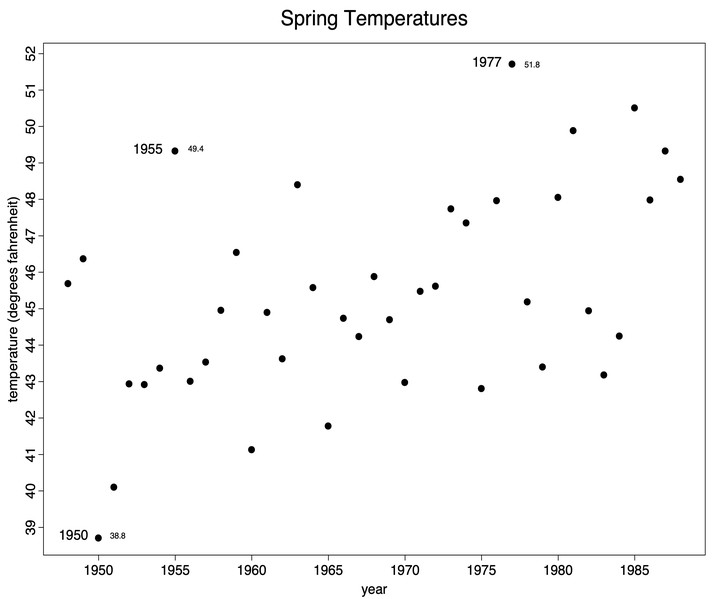Spatial–Temporal Modeling of Meteorological Fields with application to Climate Change

Abstract
The traditional best linear unbiased prediction procedure (‘Kriging’) is used in this paper for inference, but within a Bayesian framework. See Brown, Le and Zidek (1994) for an alternative Bayesian formulation. Our approach is to exam how posterior predictive distributions of areal quantities change over time. The objective is to see if there have been changes in areal temperature that are discernible from the year-to-year variation. The approach takes into account the uncertainty about the covariance function expressed in the likelihood surface and ignored by point estimates of the covariance function. These ideas are implemented for the spring temperature over the region in the northern United States based on the stations in the United States historical climatological network reported in Karl, Williams, Quinlan and Boden (1990). The results indicates that there is significant micro-scale variation over a spatially smooth field. There is substantial variation in the spring temperature from year-to-year that is spatially correlated (Figure 1). The areal mean temperature is correspondingly variable and appears to be increasing over the period considered (Figure 2). However, this finding has been confirmed using different statistical approaches (Lettenmaier, Wood and Wallis 1994). It is also evident from this later study that, had other regions or periods been picked, the results would have been quite different.